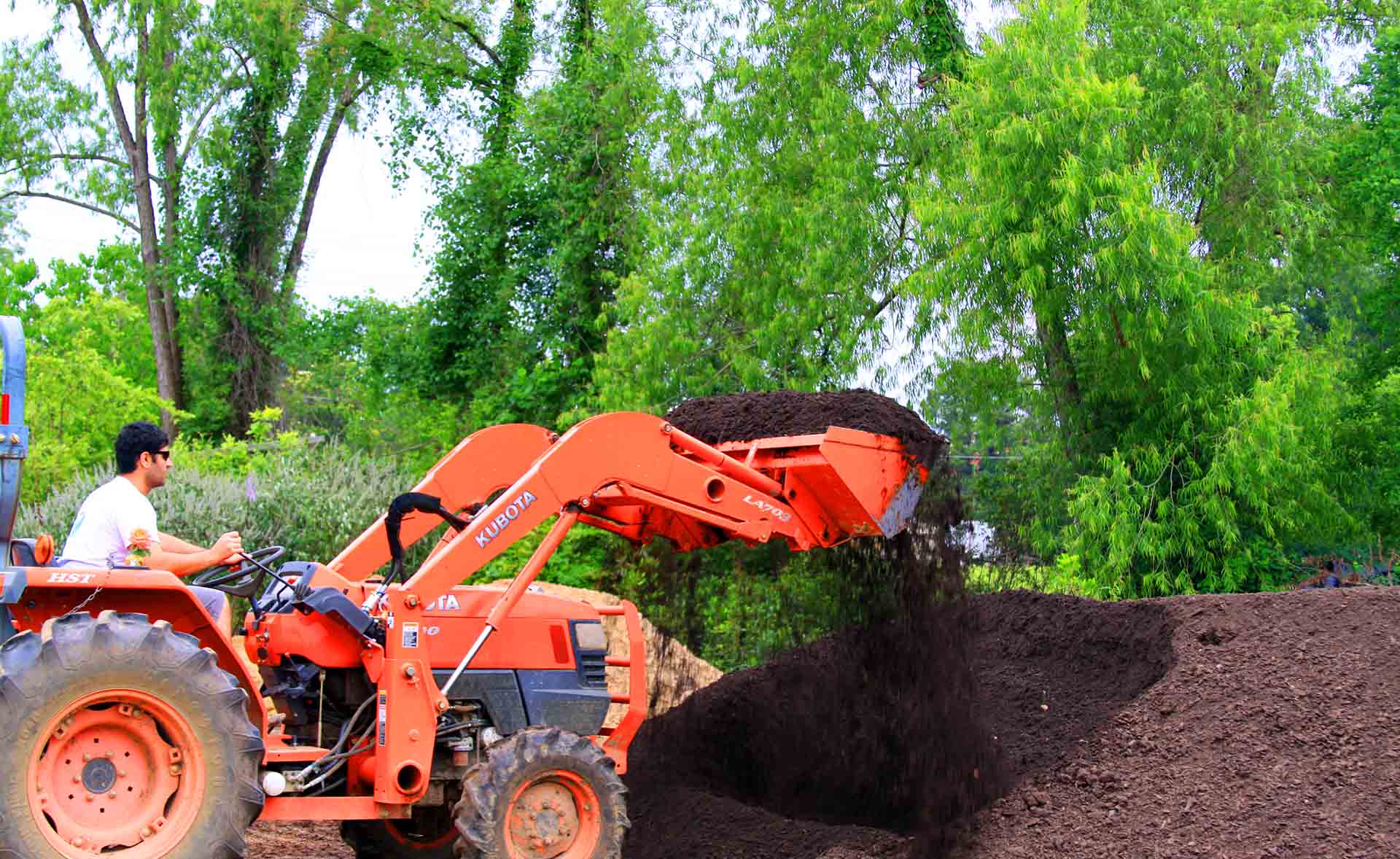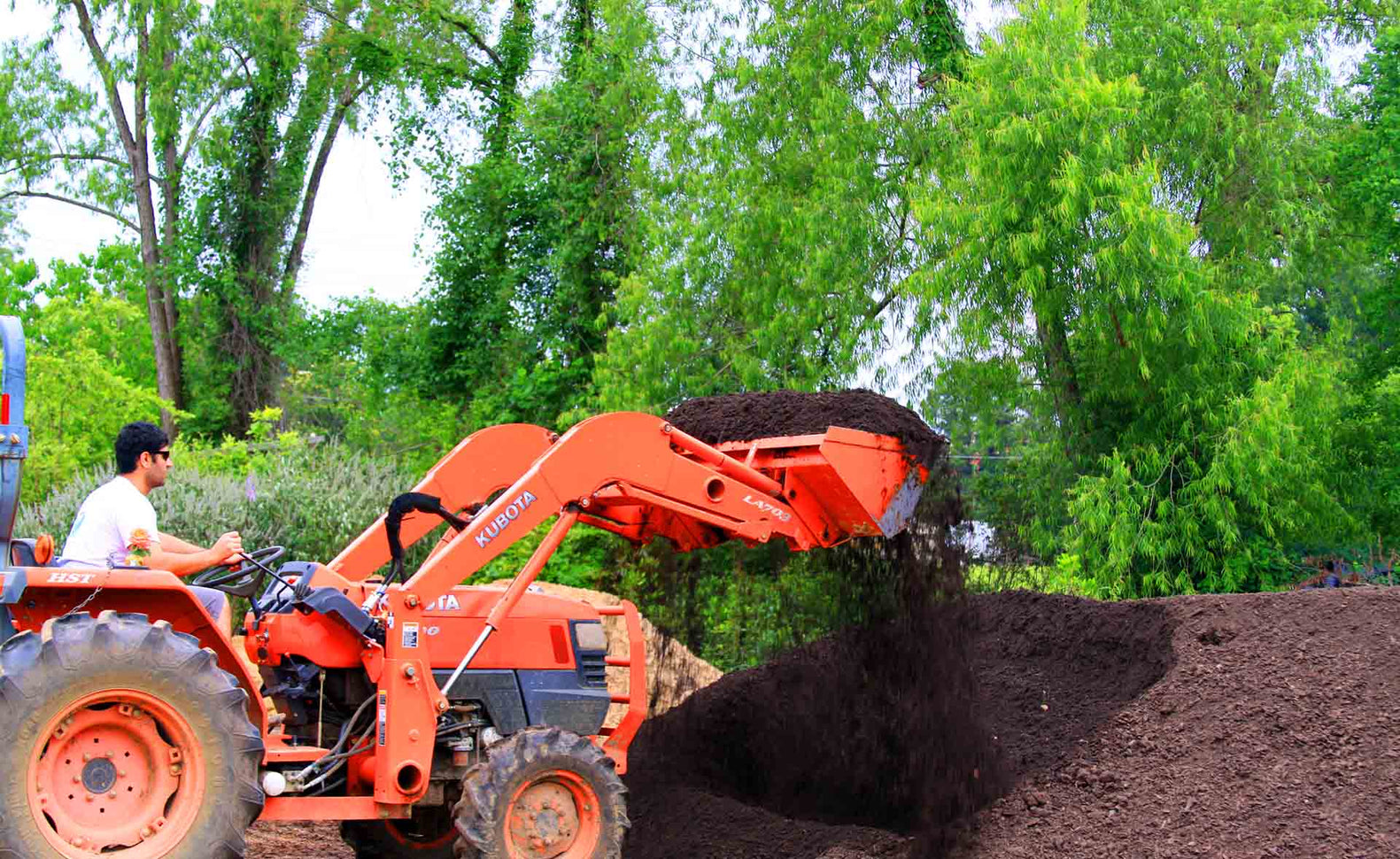FRUIT TREES
View All Fruit TreesROSES
View All RosesEvergreen Shrubs
Evergreen shrubs add a pop of bright greenery to dreary landscapes. These shrubs are easy to maintain because they can be trimmed down to specific shapes. They provide beautiful contrasting colors that can fit in with other shrubs and trees in your yard or can completely standalone to create a statement. From the American Holly, Azaleas, and Gardenias to Nellie Stevens Holly and Rhododendrons, at Sammy's Plant World you're sure to find the perfect Evergreen shrub for your yard.
Free Local Pickup
Terms & conditions applied*

























































